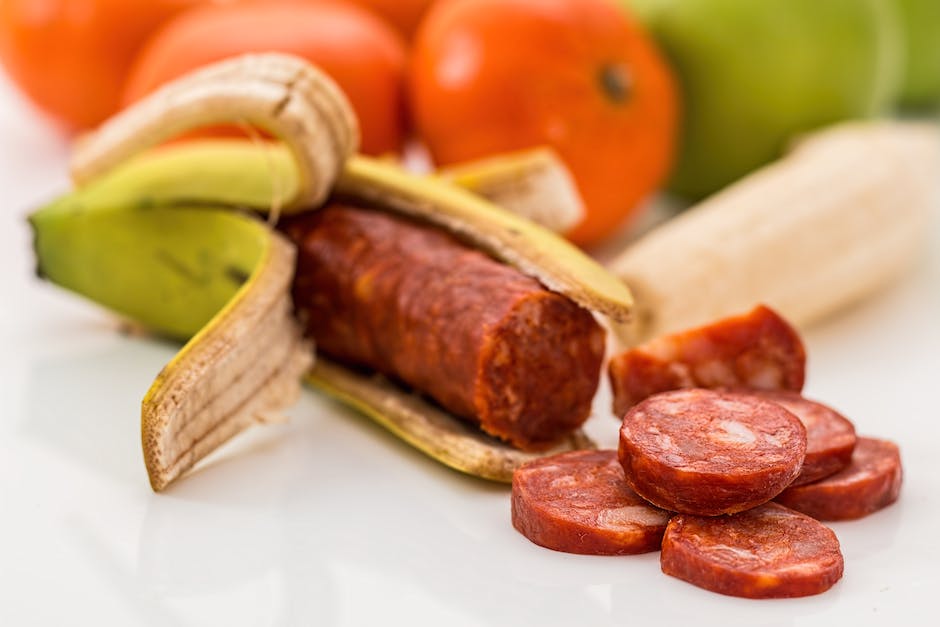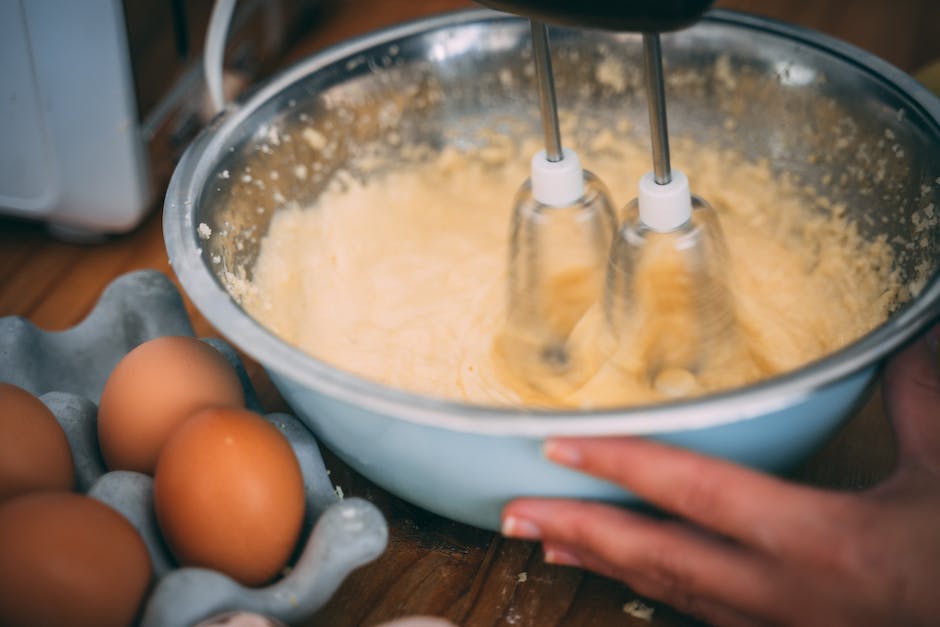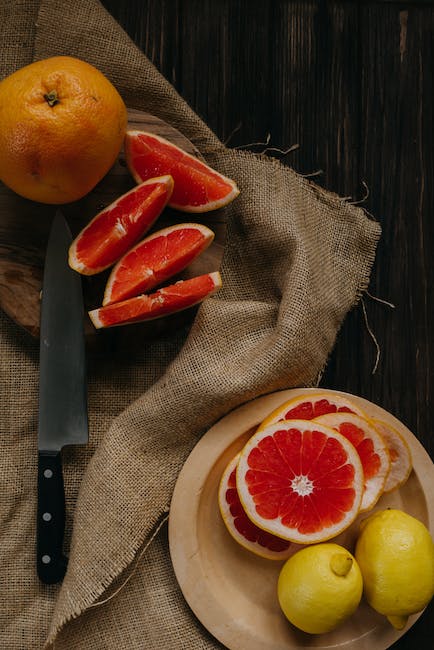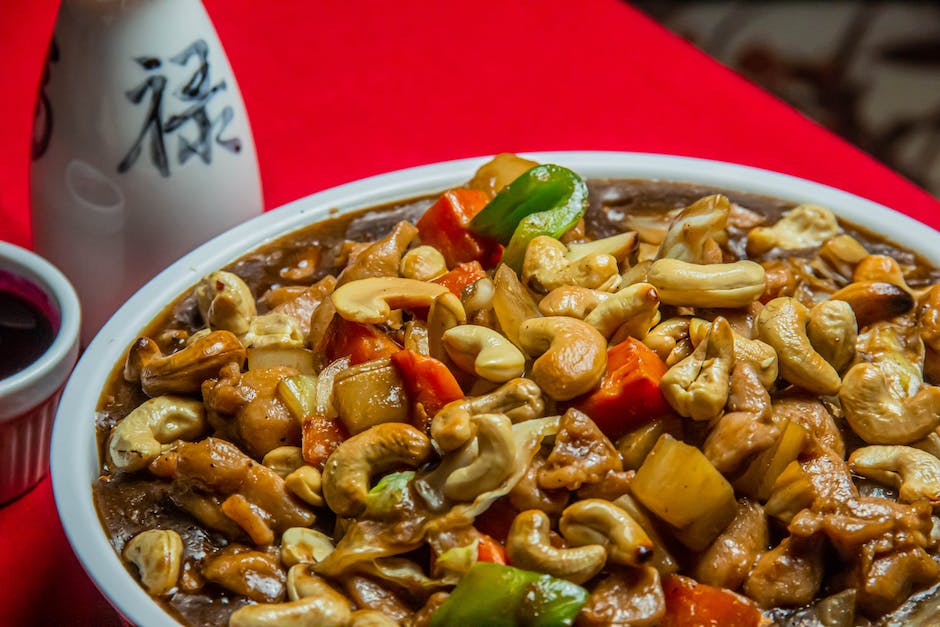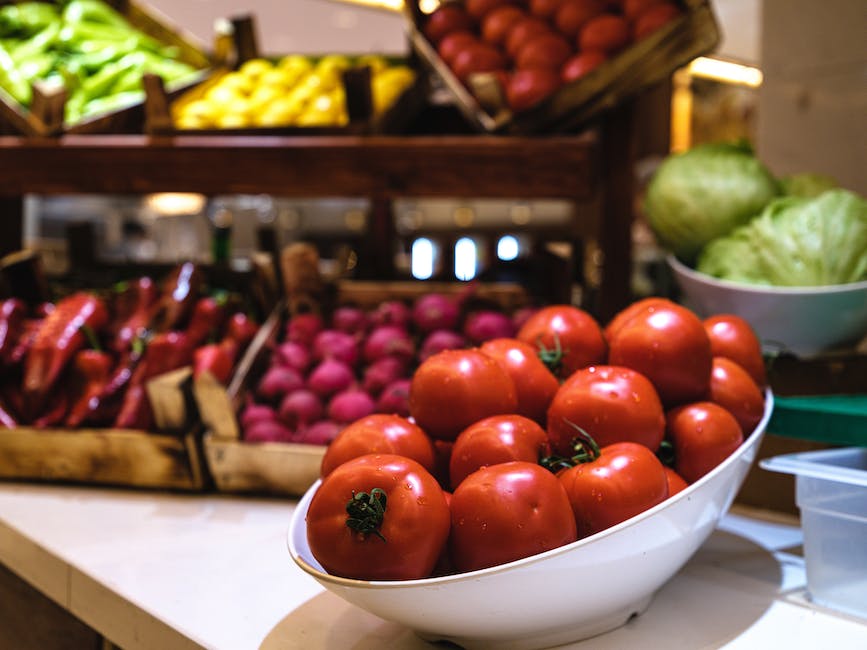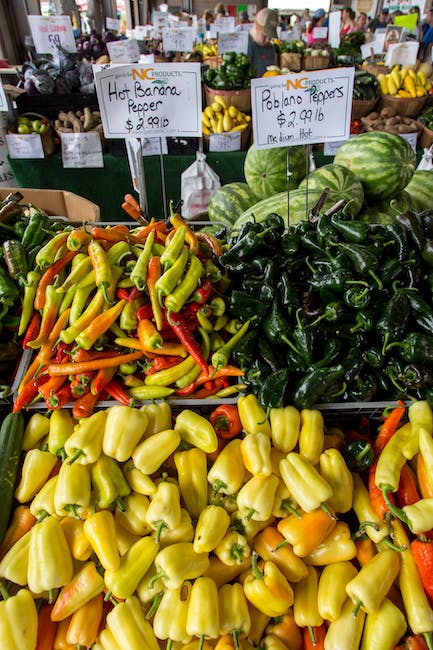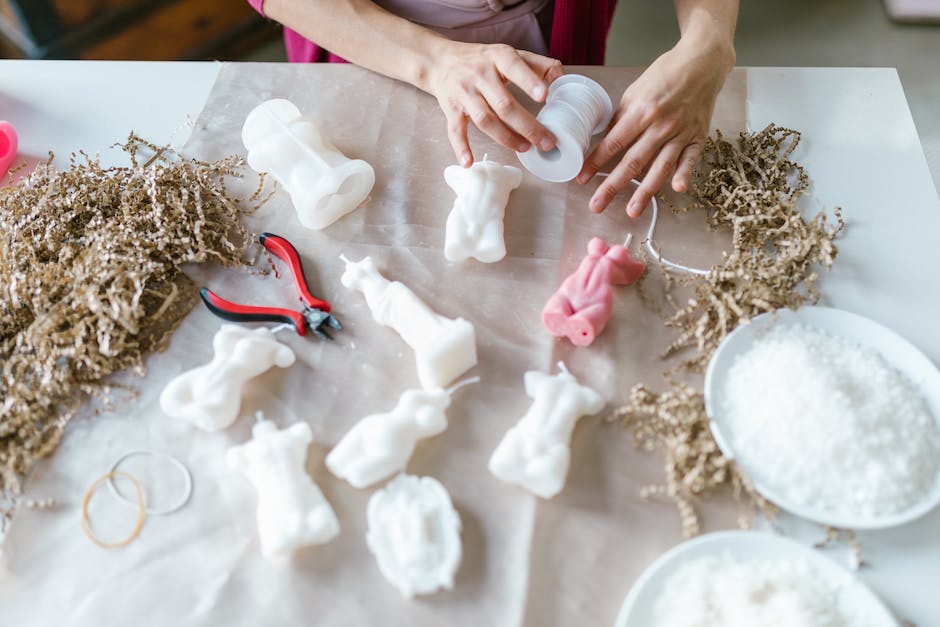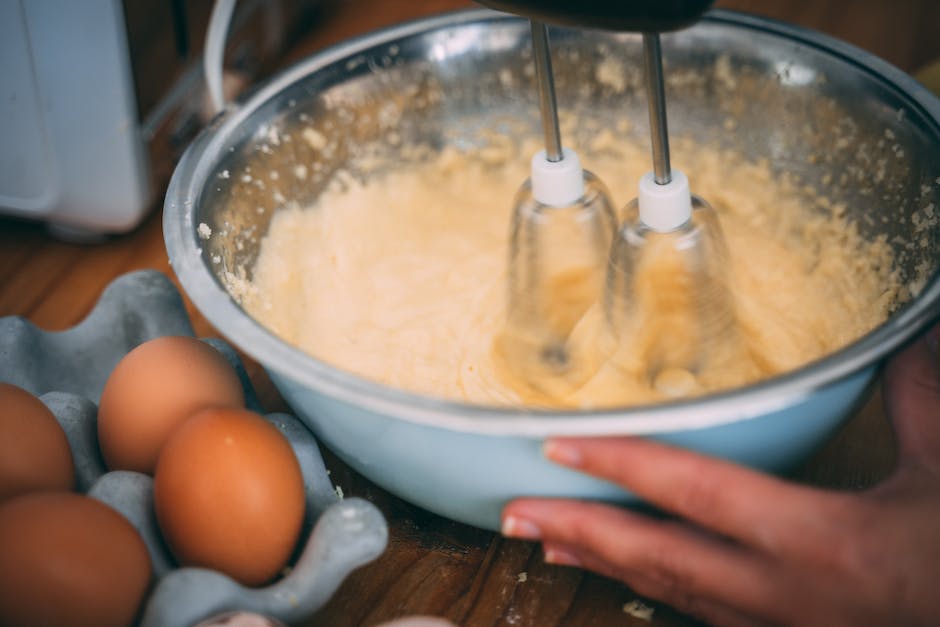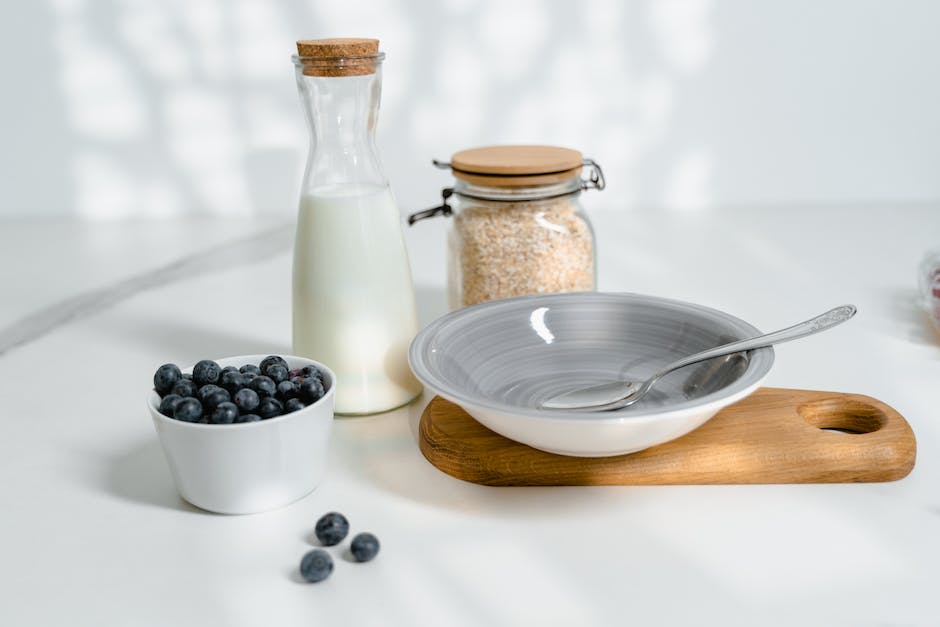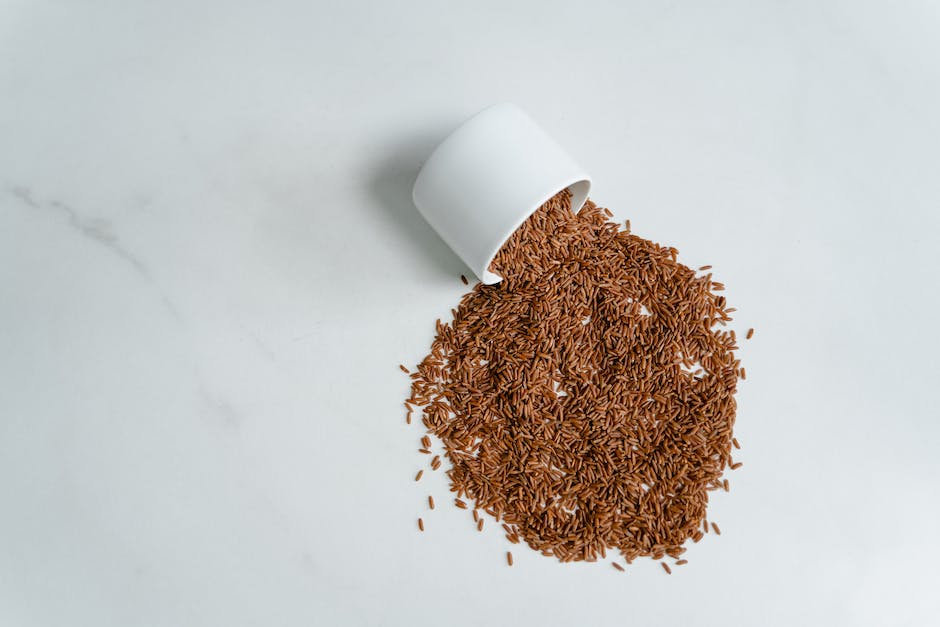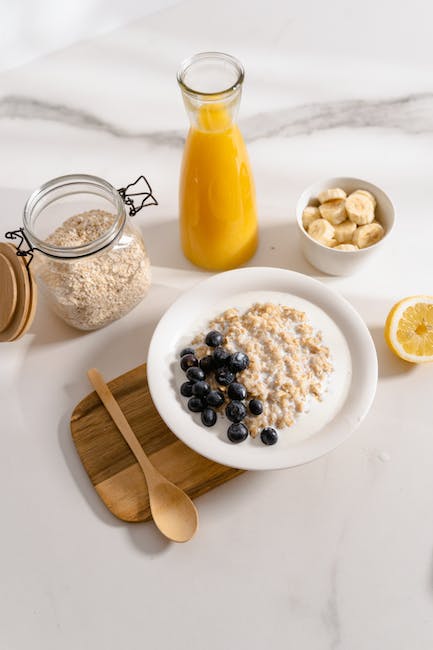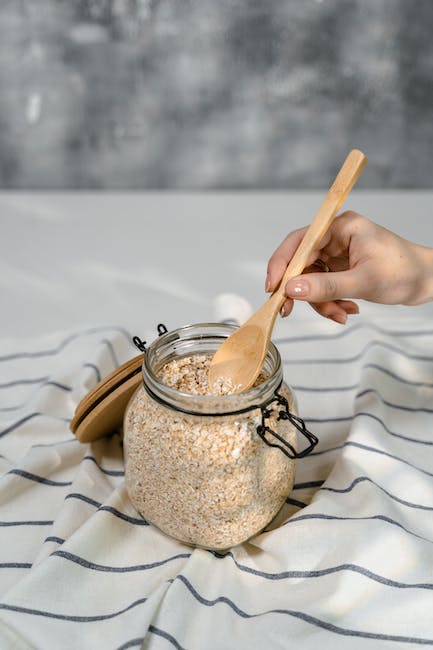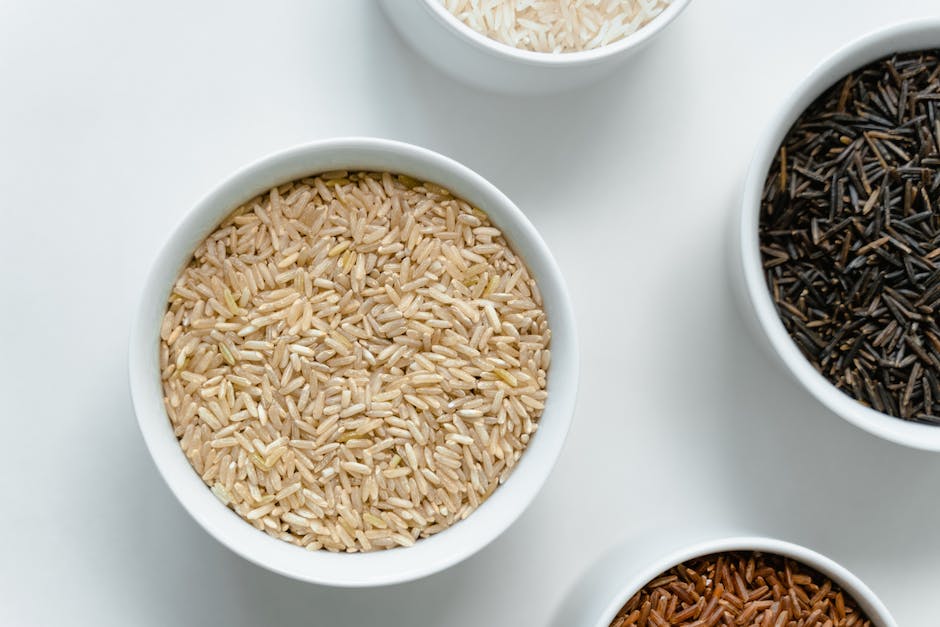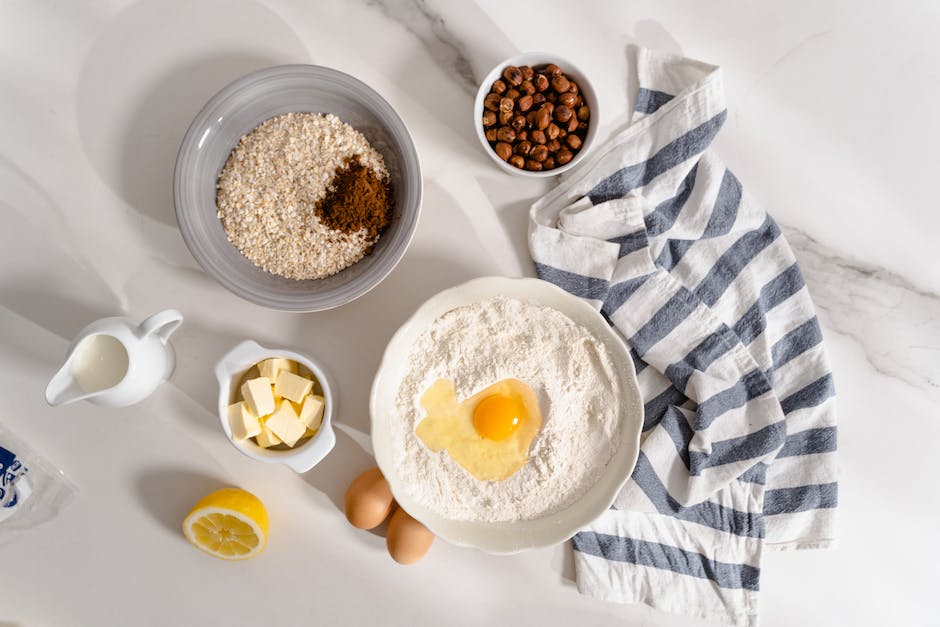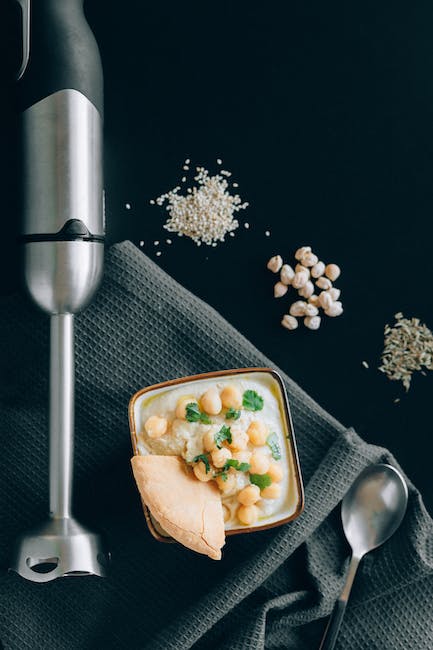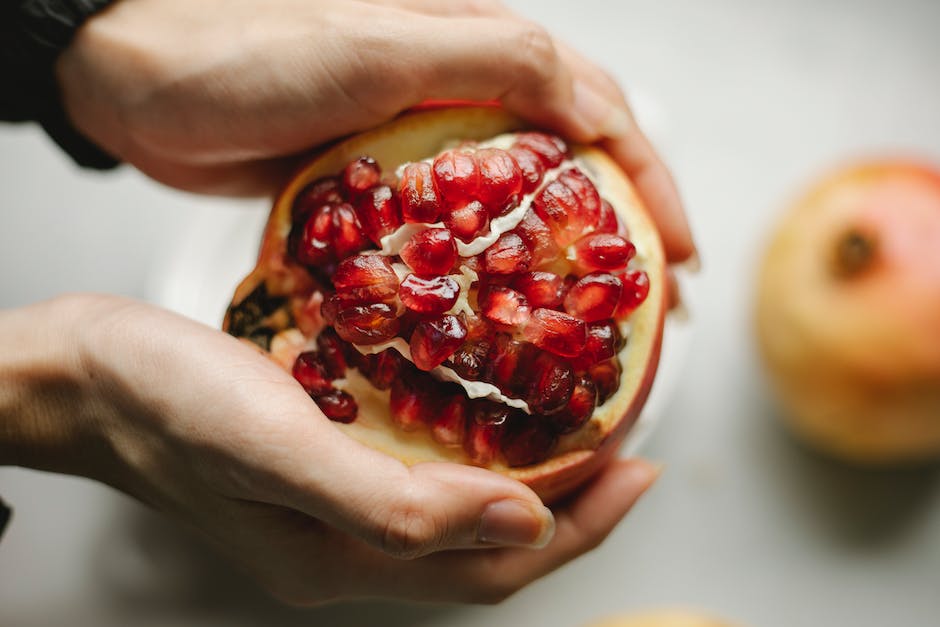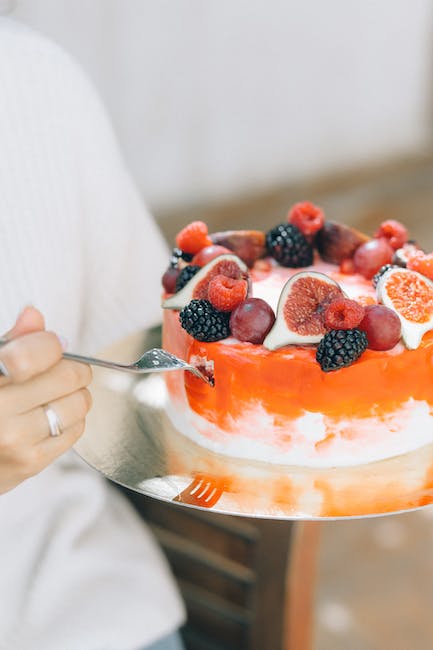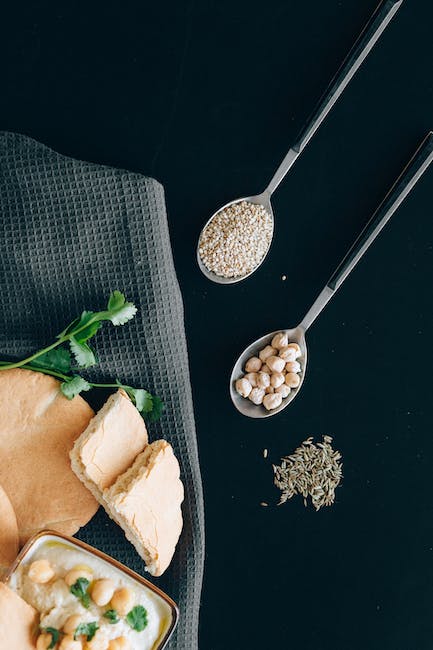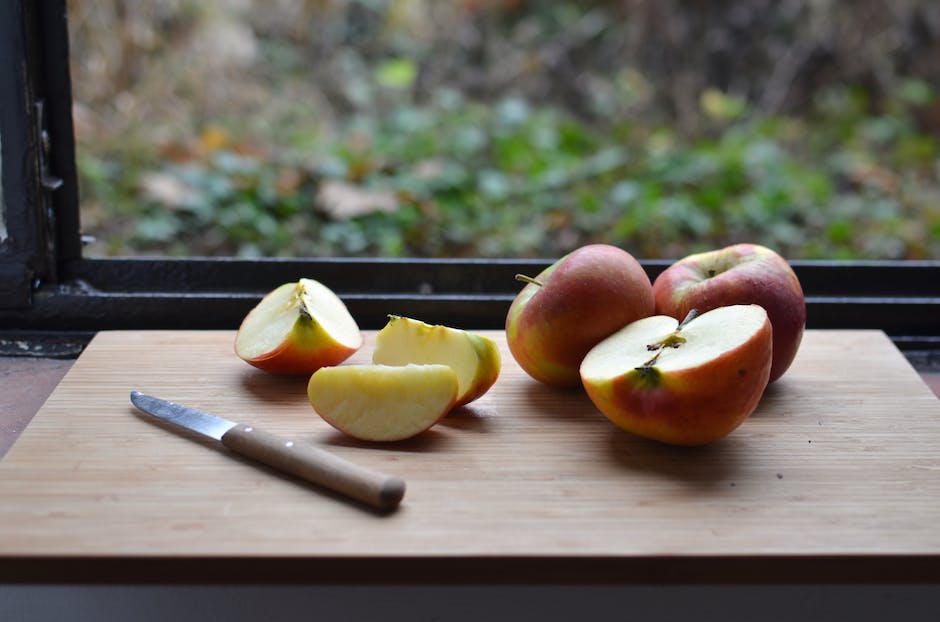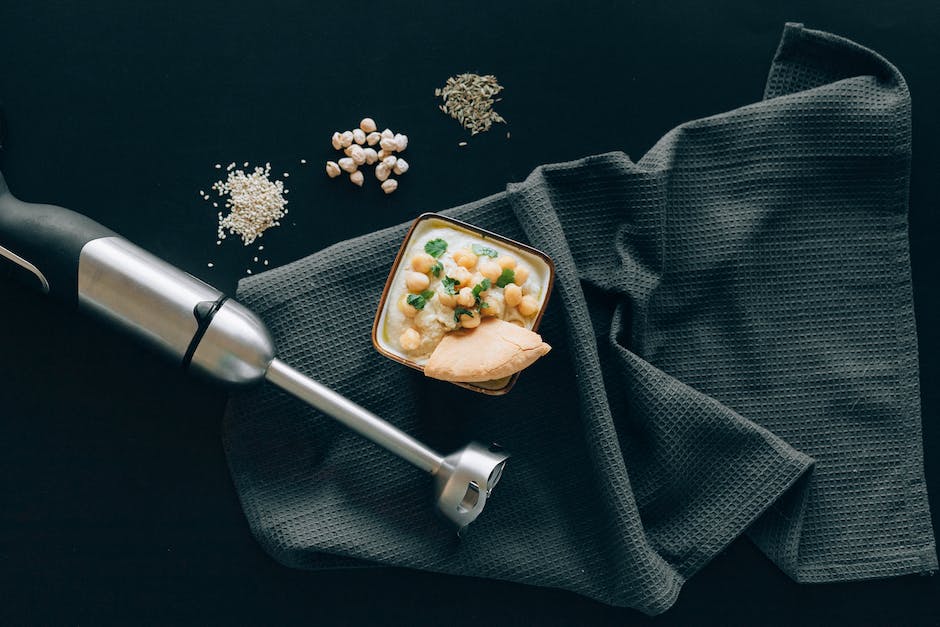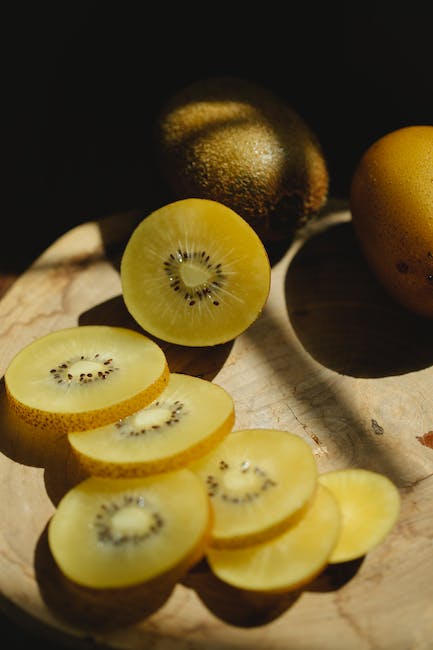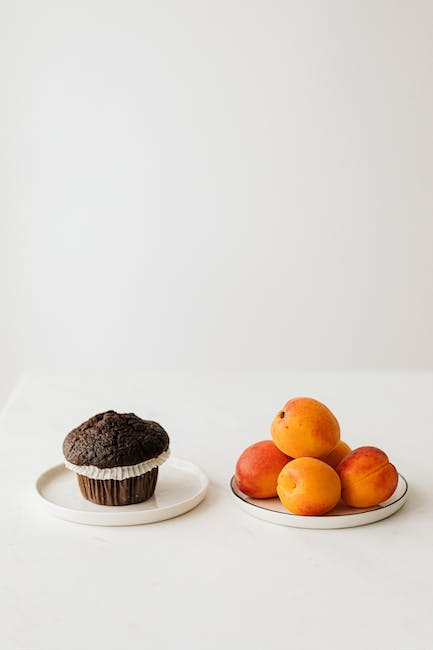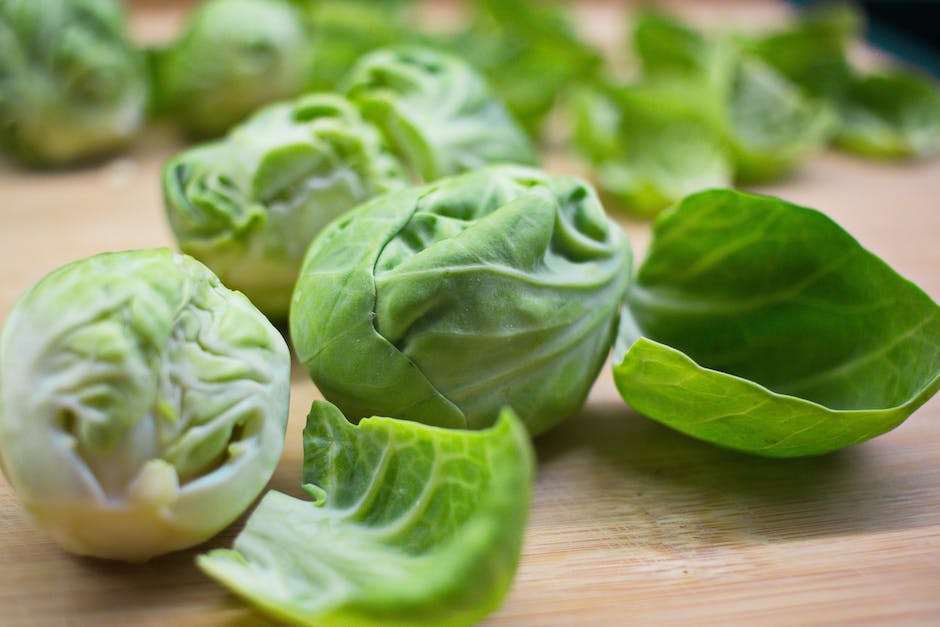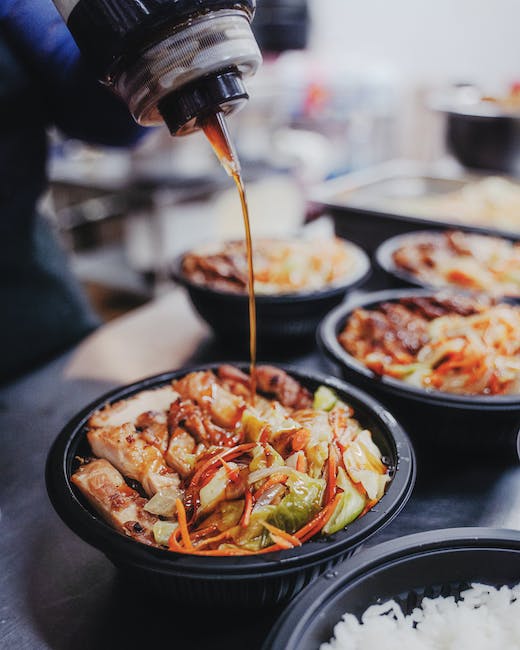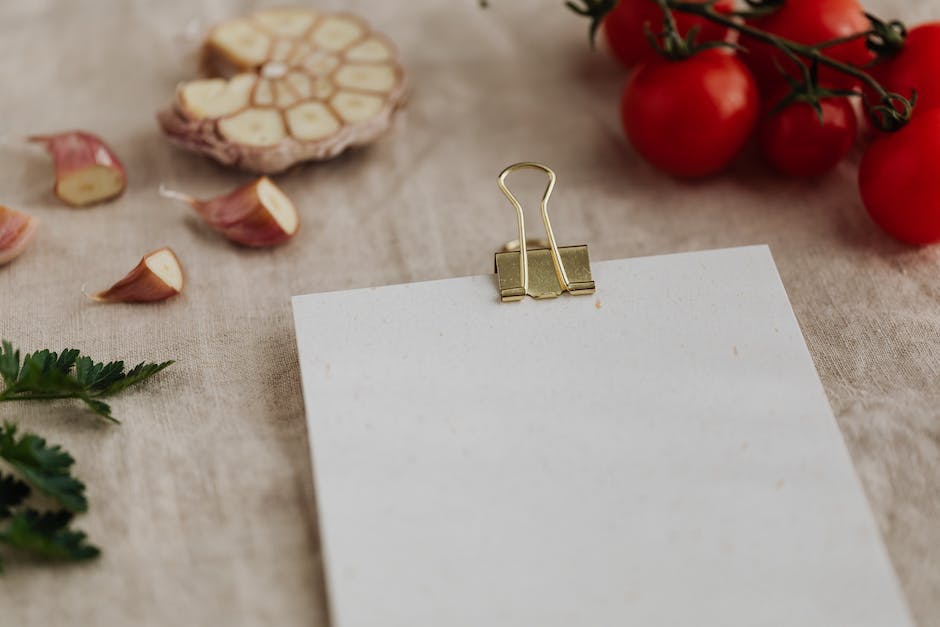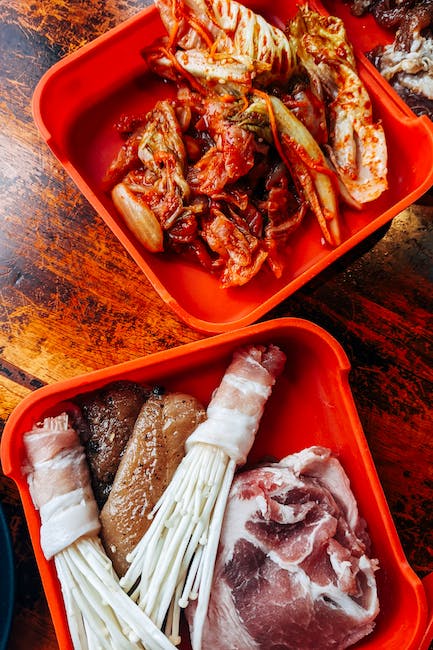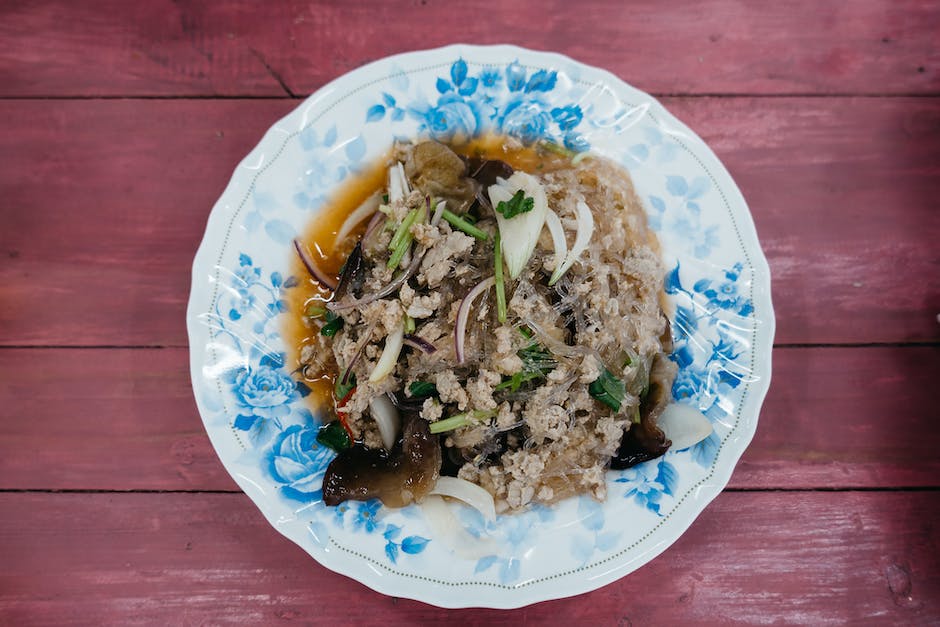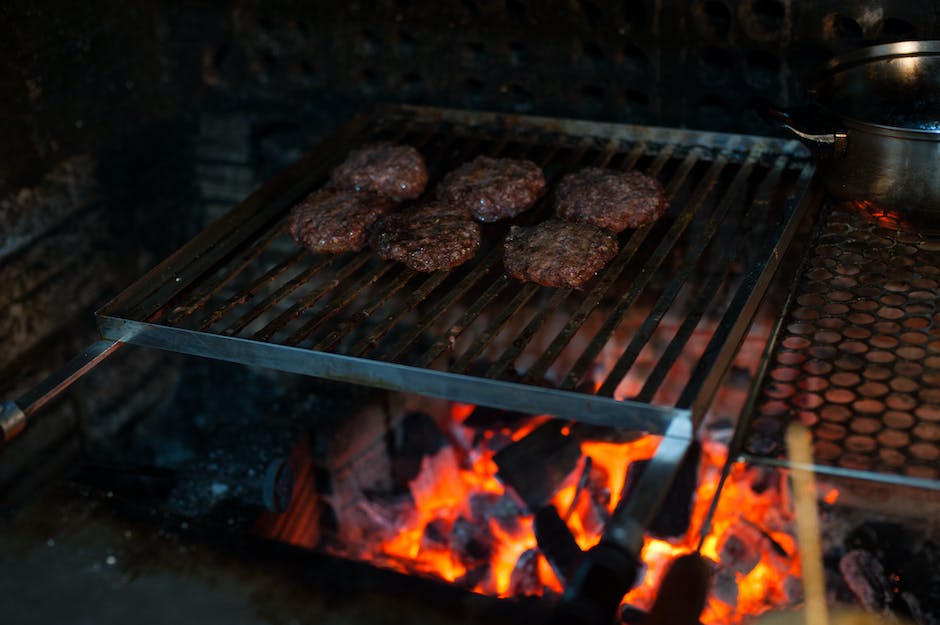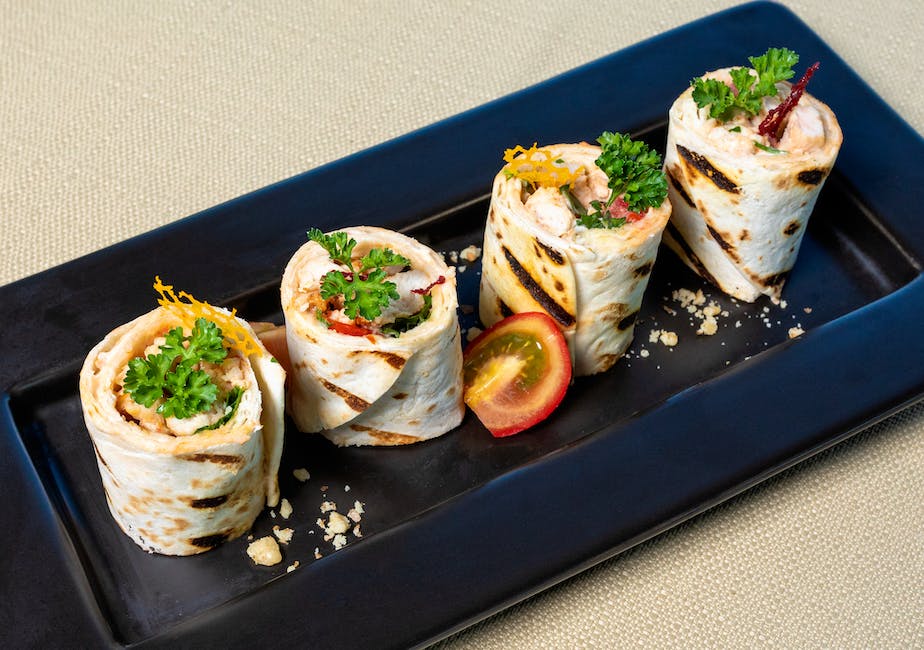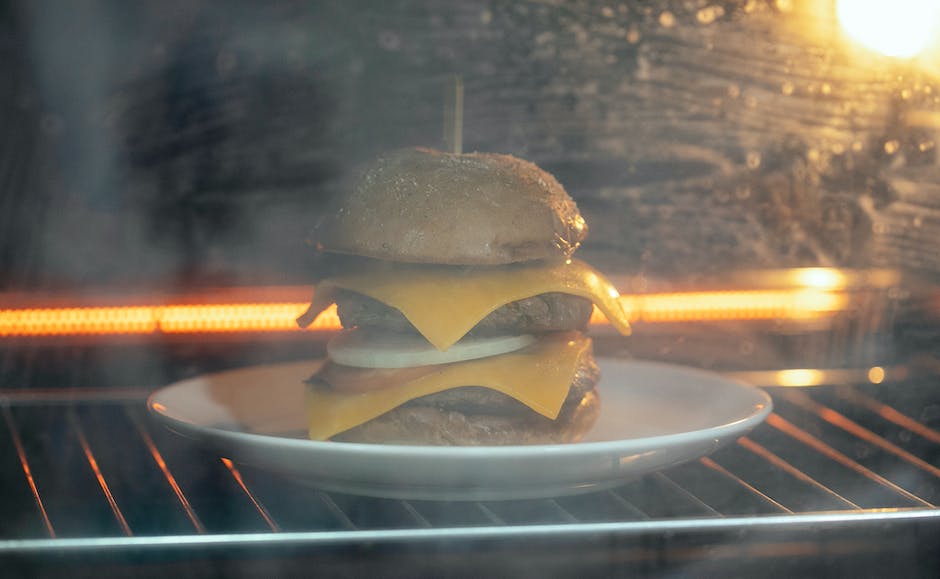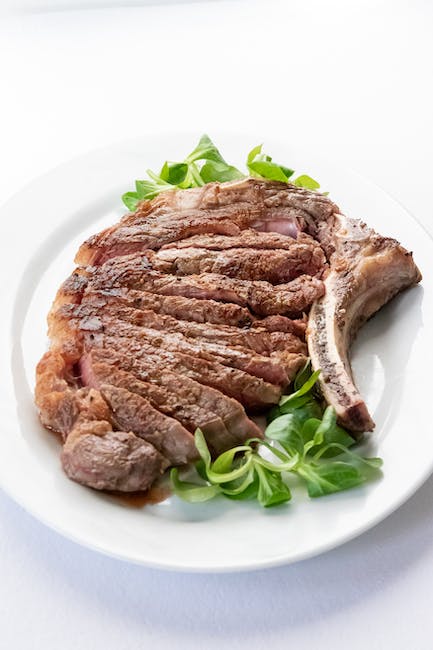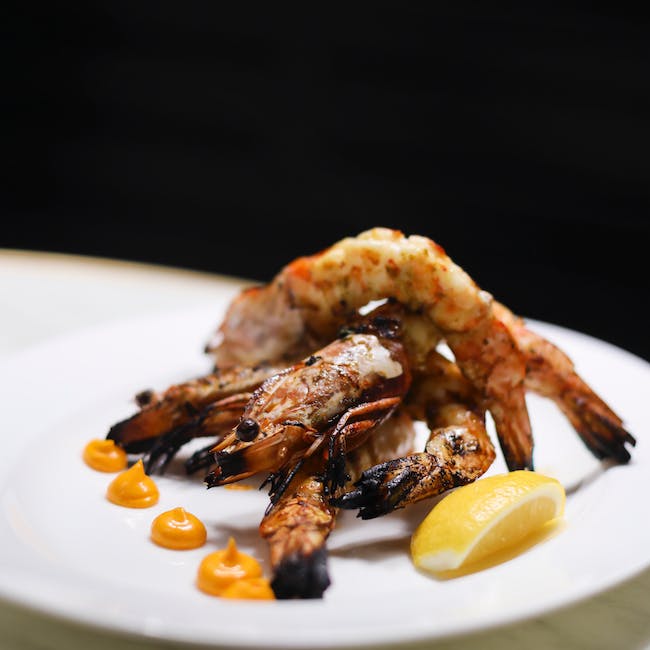Peanut butter balls recipe
Are you yearning for a perfect peanut butter balls recipe that will yield sweet, creamy treats each time you make them? Well, fear not. By integrating some of our recommended practices into the process, you’ll tackle it like a pro. Here are nine tips to achieve just that!

1. Bring all Ingredients to Room Temperature
Make a point of having all your ingredients at room temperature before starting the process. This applies to your natural peanut butter, chocolate chips, vanilla extract, and powdered sugar. Working with ingredients that are at room temperature ensures they mix together seamlessly, producing an evenly textured result.
In the event your creamy peanut butter or chocolate chips are a tad bit cold, just warm them slightly. Remember, the aim here isn’t to melt the ingredients prematurely, but merely to bring out the inherent flavors in them.
2. Utilize a Baking Sheet
A standard baking sheet is instrumental when making your peanut butter balls. Once your dough mixture is ready, scoop out bite-sized portions and place them on the baking sheet. This straightforward approach guarantees an effortless cleanup process since the dough doesn’t stick to the surface.
In addition, lining your baking sheet with parchment paper will also significantly reduce stickiness, making it easier to coat the peanut butter balls with chocolate later on.

3. Melt the Chocolate Expertly
To properly melt the chocolate, it’s always advisable to use a double boiler or microwave it in intervals. This approach ensures your chocolate doesn’t burn or become too hot, which might ruin its structure and taste.
Be sure to stir the chocolate occasionally as it melts. Once it’s significantly melted, remove it from the heat source and continue stirring. This method prevents overheating and helps to achieve the desired smooth chocolate consistency.

4. Drain Excess Chocolate
Draining the excess chocolate is just as important as melting the chocolate correctly. After dipping your balls into the melted chocolate, allow the extra chocolate to drip off into the bowl before placing them back on the baking sheet.
This will ensure that your chocolate peanut butter balls have a uniform chocolate coating and do not pool at the base. It’ll also enable you to use your chocolate more economically.

5. Leverage Reese’s Peanut Butter
In molding your ideal peanut butter balls, it would be beneficial to use Reese’s peanut butter. Adding Reese’s peanut butter adds depth to the taste profile, making your treats extremely flavorful.
This is because Reese’s peanut butter has a unique blend of sweet and salty that elevates each bite of your butter balls. Therefore, your peanut butter balls would taste just like homemade Reese’s peanut butter cups.

6. Store Your Dough in a Freezer Safe Bag
Transferring your dough mix into a freezer-safe bag before sculpting your butter balls aids in portion control. It’s also a great way to store leftover dough if you’ve made an excess amount.
By doing this, you can freeze peanut butter balls dough for future use without compromising its quality. When you’re ready to make your peanut butter balls, simply take your dough out of the freezer and let it slowly reach room temperature.

7. Apply Chocolate Coating Correctly
Success in achieving a perfect chocolate coating lies in working quickly while the chocolate is still in its liquid state. The key here is to have a uniform layer of chocolate all around the peanut butter ball.
Roll the balls into the melted chocolate gently and then lift them out with a fork, allowing the extra chocolate to drip off. Remember to place your coated balls onto a parchment-lined baking sheet, to set.

8. Try Almond Bark for a Twist
For an interesting twist on the regular chocolate-coated peanut butter balls, you might want to try using almond bark. Almond bark has a vanilla flavor that pairs beautifully with the creamy peanut butter, producing an addictive sweet treat!
Just like with the chocolate, make sure you melt your almond bark gently to avoid scorching. Once melted, stir it until smooth, then proceed to dip your peanut butter balls.

9. Make Irresistible Butter Balls Recipes
A well-crafted butter balls recipe always leaves people asking for more. Using these tips to make your peanut butter balls can take your cooking skills to a whole new level.
From mixing the right ingredients to coating them properly with chocolate, you’ll be creating peanut butter balls that not only look good but also taste fantastic!
FAQ
1. Why should I use room temperature ingredients in my peanut butter balls recipe?
Using room temperature ingredients makes for easier and more efficient mixing. It brings out the flavors more and gives a smoother texture to your batter.
2. Can I use a baking sheet without parchment paper?
While you can, using parchment paper makes it easier to lift the balls off the sheet after coating. It also makes cleaning easier.
3. What’s the best way to melt the chocolate for my peanut butter balls recipe?
You can use a double boiler or microwave the chocolate chips in intervals.
4. How can I drain excess chocolate after dipping the balls?
You can use a fork to lift the balls from the chocolate and let the excess drip off before placing them back on the baking sheet.
5. What’s special about Reese’s peanut butter?
Reese’s peanut butter has a unique blend of sweet and salty, which makes it super flavorful.
6. Why should I store dough in a freezer-safe bag?
Storing dough in a freezer-safe bag allows for longer storage and easy thawing when you need to use it again.
7. How does one achieve the perfect chocolate coating for peanut butter balls?
You have to work quickly while the chocolate is in its liquid state, ensuring a uniform layer all around the ball.
8. Can almond bark be a good substitute for chocolate in a peanut butter balls recipe?
Yes, it can. Almond bark has a vanilla flavor that adds an interesting twist to the traditional recipe.
9. What’s the importance of a good butter balls recipe?
A good recipe will guide you on the right quantities and procedures to use, ensuring you always achieve perfect results.
10. What are some of the best ingredients for making peanut butter balls?
Some of the best ingredients are natural or creamy peanut butter, chocolate chips, powdered sugar, and vanilla extract.

